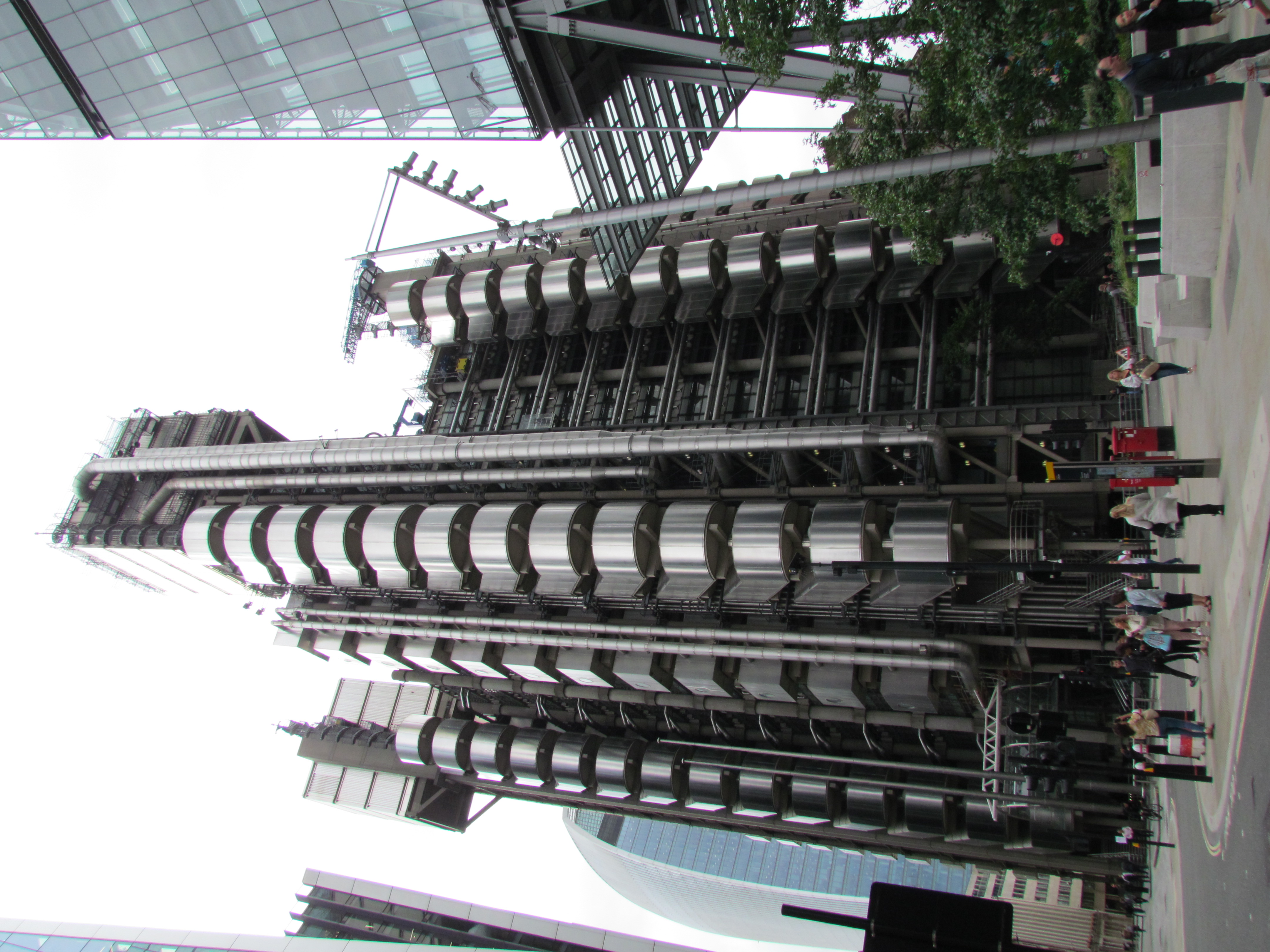For non-life insurers the relationship between underwriting strategies and investment returns is growing closer. Boards are increasingly linking the two and lifting these crucial, but often very distinct and separate, business units out of their silos.
We are probably far from a return to the days of cash-flow underwriting, championed by the likes of Royal Insurance in the high inflation, high interest rate days of the 1980s, writes Contributing Editor David Worsfold. However, the prospect of sustained higher investment returns from core fixed interest portfolios is certainly prompting a fresh look at the potential of better returns to take the pressure off some hard-pressed underwriting books and also point the way to more profitable areas of business.
This was highlighted last week by specialty (re)insurance quantitative analysts Insurance Capital Markets Research (ICMR), which described asset management as “a new frontier in underwriting return on equity”.
“As Warren Buffett once famously wrote, for an insurer that can make underwriting profits over the cycle, that’s the equivalent of the insurer’s shareholders being gifted investment float cost-free. And with the change in investment markets over the last 24 months moving from risk free rates of 1-2% to over 5%, this is becoming a key source of shareholder returns”, said ICMR.

The changing approach to asset management among specialty insurers in the London Market has been through almost as many cycles as underwriting and pricing. The days of enthusiastic cash-flow underwriting gradually receded in the 1990s and the early part of this century as a series of hard markets led insurers to focus on the potential for pure underwriting profits. Just as this started to ease the huge losses from the terror attacks of 11 September 2001 lifted rates for a few more years.
The big change in the relationship between asset management and underwriting – almost a corporate divorce – occurred in the wake of the Global Financial Crisis, says ICMR.
“The turmoil in investment markets following the financial crisis of 2008 resulted in many insurers outsourcing investment management of their float assets. Much was made at the time of how insurers were underwriting businesses and that investment strategies had no place in determining underwriting strategies. Now, however, we can see just how important investment strategies are to delivering shareholder value. Capital efficiency now has a new dimension: that of investment contribution by class as a consideration in deciding on underwriting portfolio mix.”
The lifting of risk free rates to around 5% is at the heart of this game changing scenario as analysis of the asset leverage of each syndicate at Lloyd’s, where investment float is plotted as a function of estimated economic capital adequacy (ECA). This reveals that asset leverage currently for some syndicates, is up to 4x the value of their estimated ECA, which ICMR says it deems to be their effective shareholders’ equity.
“At current risk free rates of around 5%, that investment return can be worth up to 20% return on equity on its own.
“If you’re in the pack, the ability to outperform peers is advantageous in terms of potential valuation multiple. However, if one can truly differentiate with top quintile outperformance (the right hand side of the chart), maximising shareholder returns across every dimension available to management, the potential valuation rewards are no longer simply linear but can be improved significantly. Something to consider before an IPO.”
It is not just a consideration for an IPO but will also be a key factor in the investment strategies of the large private equity funds current hovering around the insurance market. They will be looking for businesses that are well placed to exploit the potential of this renewed and recharged interaction between asset management and underwriting.

